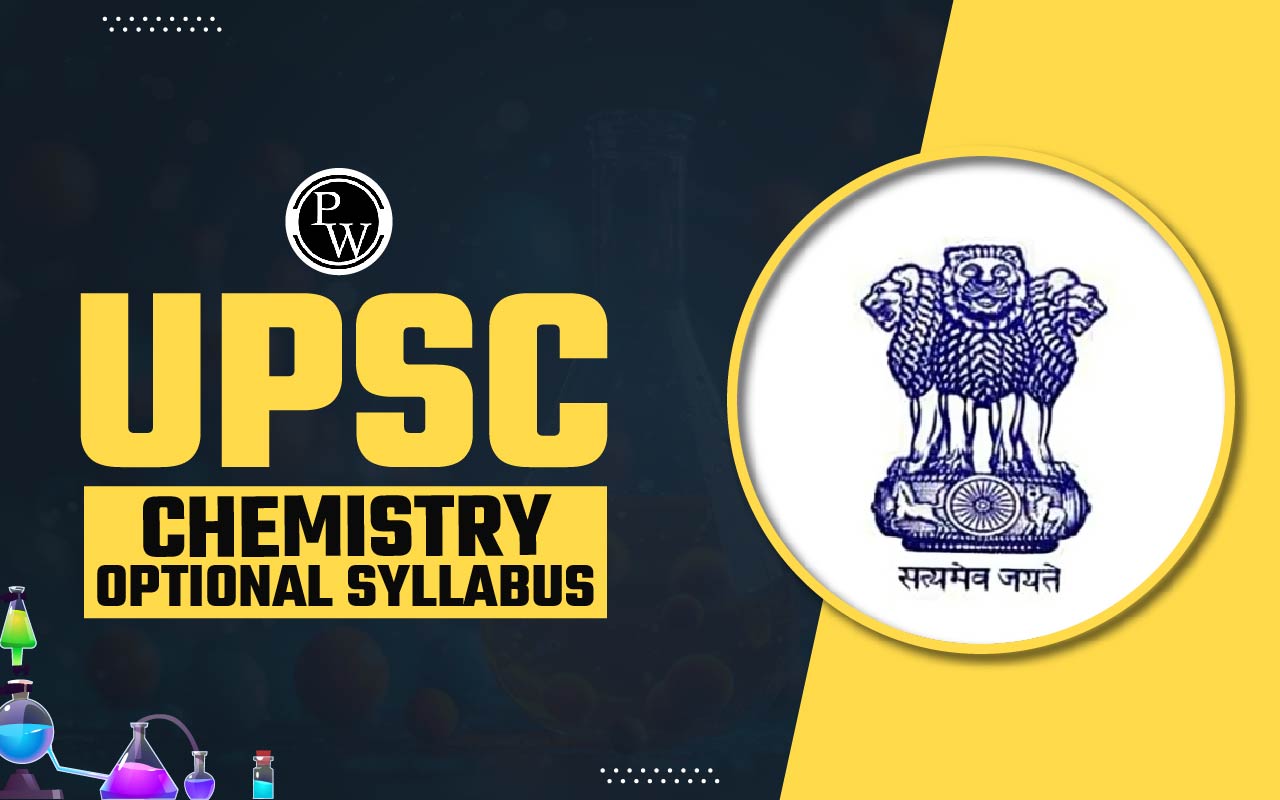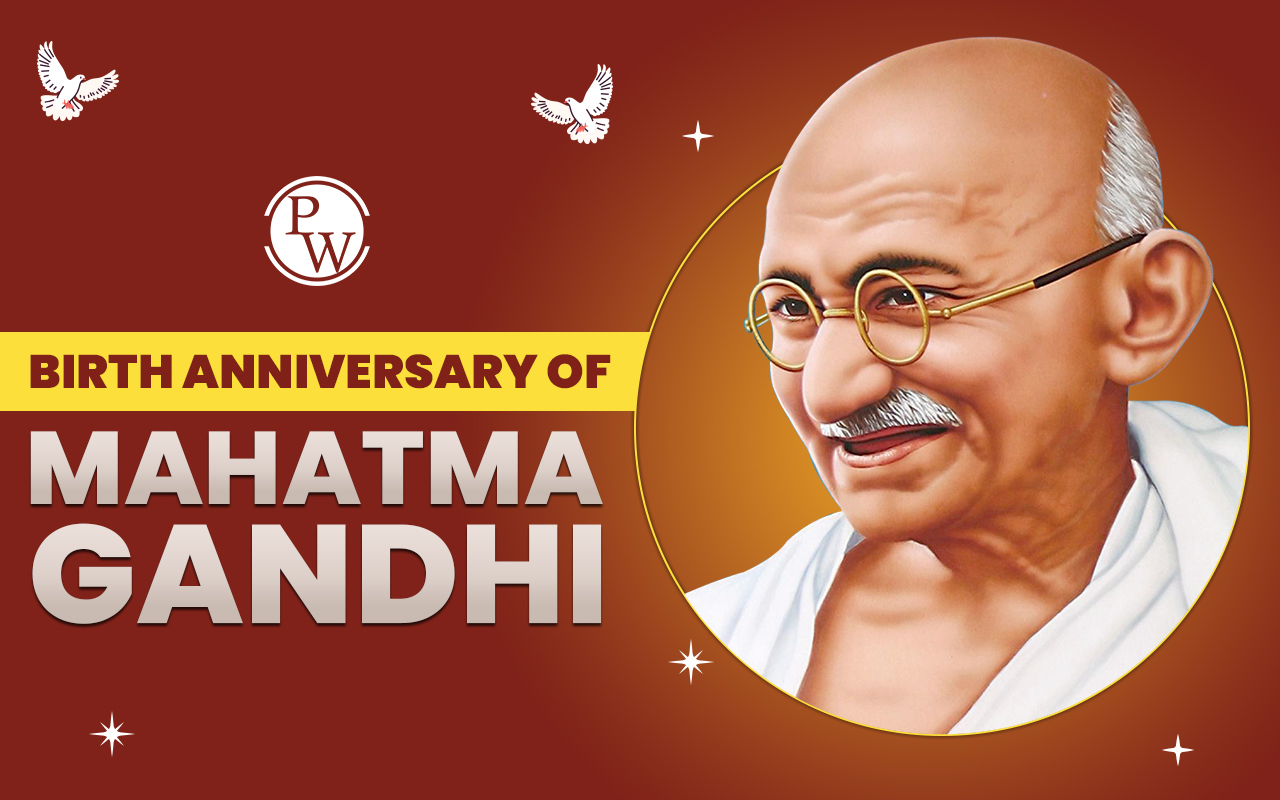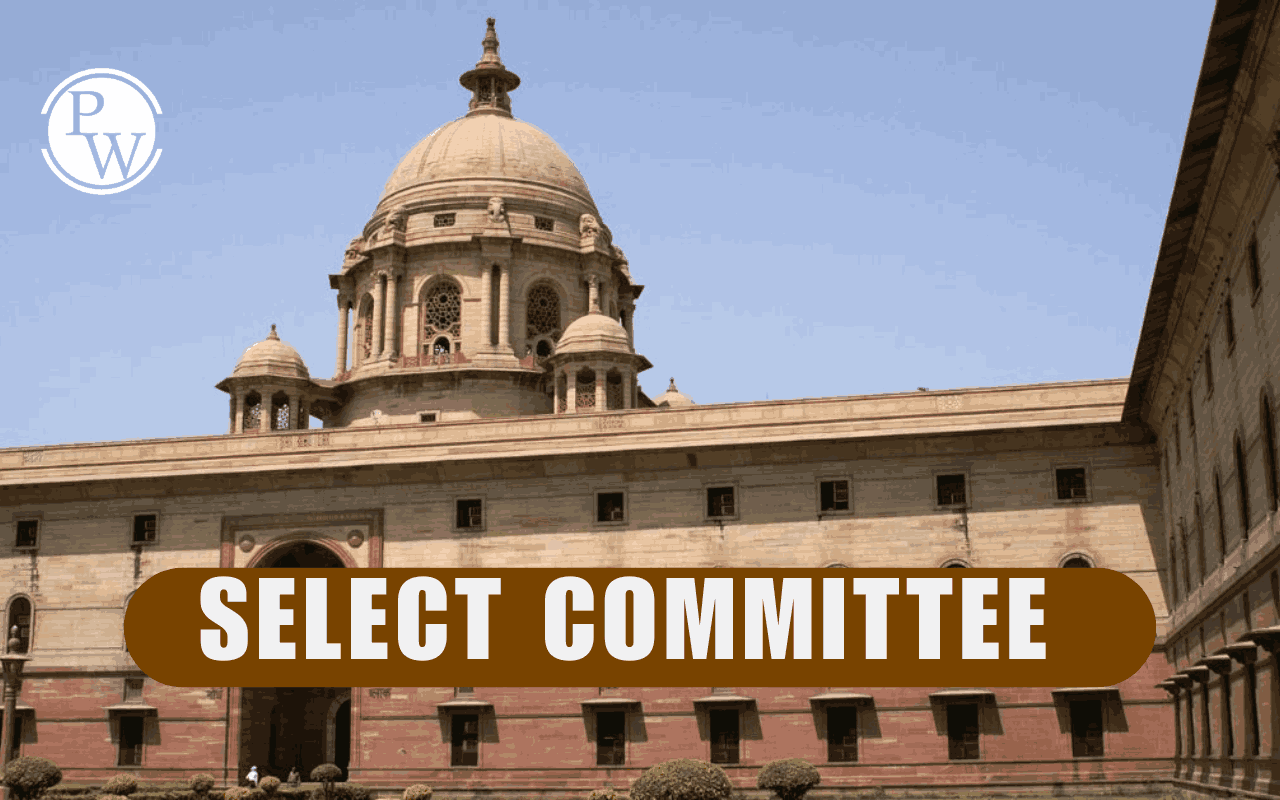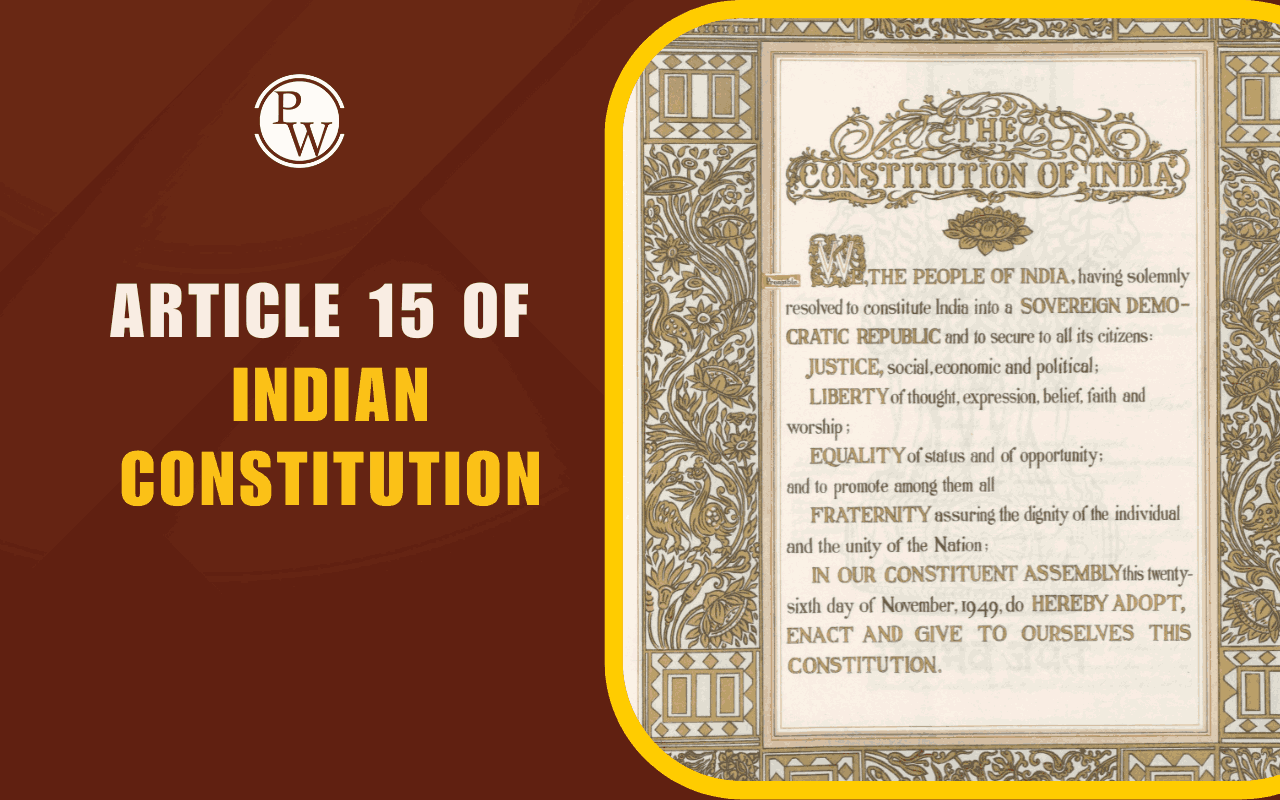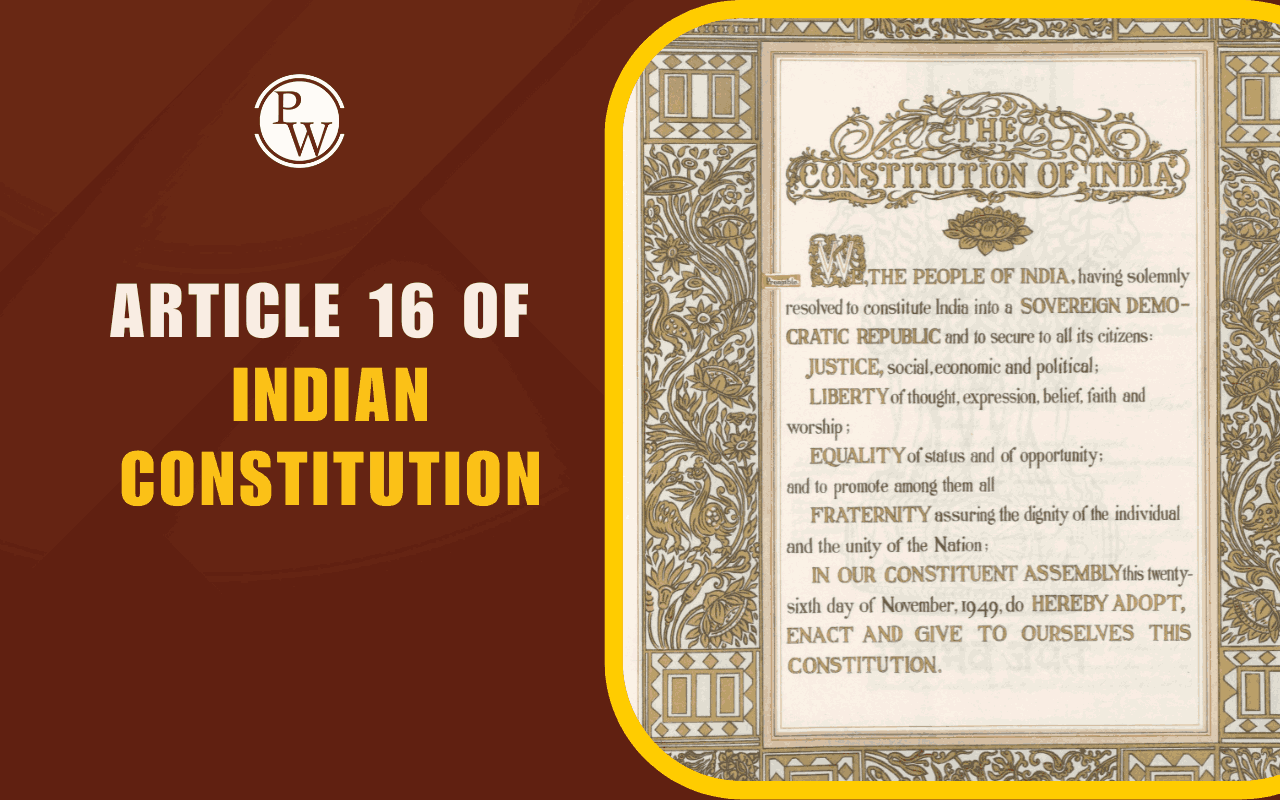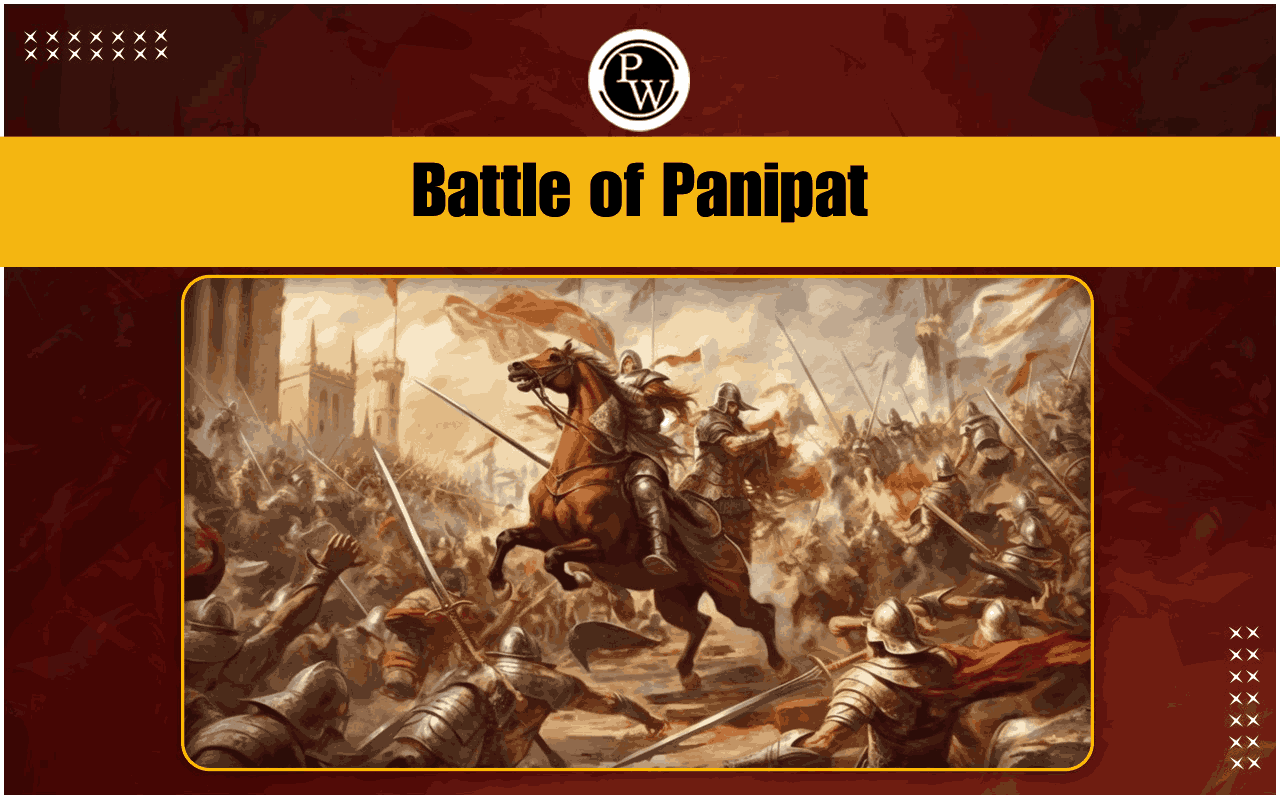| Topic |
Subtopics |
|
|
- Heisenberg’s uncertainty principle Schrodinger wave equation (time independent); Interpretation of wave function, particle in one- dimensional box, quantum numbers, hydrogen atom wave functions; Shapes of s, p, and d orbitals.
|
|
|
- Ionic bond, characteristics of ionic compounds, lattice energy, Born-Haber cycle; covalent bond and its general characteristics, polarities of bonds in molecules and their dipole moments; Valence bond theory, the concept of resonance and resonance energy; Molecular orbital theory (LCAO method); bonding H2 +, H2 He2 to Ne2, NO, CO, HF, CN–, Comparison of valence bond and molecular orbital theories, bond order, bond strength, and bond length.
|
|
|
- Crystal systems; Designation of crystal faces, lattice structures, and unit cell; Bragg’s law; X-ray diffraction by crystals; Close packing, radius ratio rules, calculation of some limiting radius ratio values; Structures of NaCl, ZnS, CsCl, CaF2; Stoichiometric and nonstoichiometric defects, impurity defects, semiconductors.
|
- Gaseous State and Transport Phenomenon
|
- Equation of state for real gases, intermolecular interactions, critical phenomena, and liquefaction of gases; Maxwell’s distribution of speeds, intermolecular collisions, collisions on the wall and effusion; Thermal conductivity and viscosity of ideal gases.
|
|
|
- Kelvin equation; Surface tension and surface energy, wetting and contact angle, interfacial tension, and capillary action.
|
|
|
- Work, heat, and internal energy; first law of thermodynamics.
- Second law of thermodynamics; entropy as a state function, entropy changes in various processes, entropy-reversibility and irreversibility, Free energy functions; Thermodynamic equation of state; Maxwell relations; Temperature, volume and pressure dependence of U, H, A, G, Cp, and Cv, and; J-T effect and inversion temperature; criteria for equilibrium, relation between equilibrium constant and thermodynamic quantities; Nernst heat theorem, the introductory idea of the third law of thermodynamics
|
|
|
|
- Differential and integral rate equations for zeroth, first, second, and fractional order reactions; Rate equations involving reverse, parallel, consecutive, and chain reactions; Branching chain and explosions; effect of temperature and pressure on rate constant. Study of fast reactions by stop-flow and relaxation methods. Collisions and transition state theories
|
|
|
- Absorption of light; decay of excited state by different routes; photochemical reactions between hydrogen and halogens and their quantum yields
|
- Surface Phenomena and Catalysis
|
- Adsorption from gases and solutions on solid adsorbents; Langmuir and B.E.T. adsorption isotherms; determination of surface area, characteristics, and mechanism of reaction on heterogeneous catalysts.
|
|
|
- Metal ions in biological systems and their role in ion transport across the membranes (molecular mechanism), oxygen-uptake proteins, cytochrome, and ferredoxins.
|
|
|
- Debye-Huckel theory of strong electrolytes and Debye-Huckel limiting Law for various equilibrium and transport properties
- Galvanic cells, concentration cells; electrochemical series, measurement of e.m.f. of cells and its applications fuel cells and batteries
- Processes at electrodes; double layer at the interface; rate of charge transfer, current density; overpotential; electroanalytical techniques: amperometry, ion selective electrodes, and their uses
|
|
|
- Boranes, borazines, phosphazenes, cyclic phosphazene, silicates, silicones, Interhalogen compounds; Sulphur—nitrogen compounds; noble gas compounds.
|
- General Chemistry of ‘f’ Block Element
|
Lanthanides and actinides: separation, oxidation states, magnetic and spectral properties; lanthanide contraction. |
|
|
- Bonding in the transition of metal complexes. Valence bond theory, crystal field theory, and its modifications; applications of theories in the explanation of magnetism and electronic spectra of metal complexes.
- Isomerism in coordination compounds; IUPAC nomenclature of coordination compounds; stereochemistry of complexes with 4 and 6 coordination numbers; chelate effect and polynuclear complexes; trans effect and its theories; kinetics of substitution reactions in square-planar complexes; thermodynamic and kinetic stability of complexes.
- EAN rule, Synthesis structure and reactivity of metal carbonyls; carboxylate anions, carbonyl hydrides, and metal nitrosyl compounds.
- Complexes with aromatic systems, synthesis, structure, and bonding in metal olefin complexes, alkyne complexes, and cyclopentadienyl complexes; coordinative unsaturation, oxidative addition reactions, insertion reactions, fluxional molecules, and their characterization; Compounds with metal—metal bonds and metal atom clusters.
|
|
|

